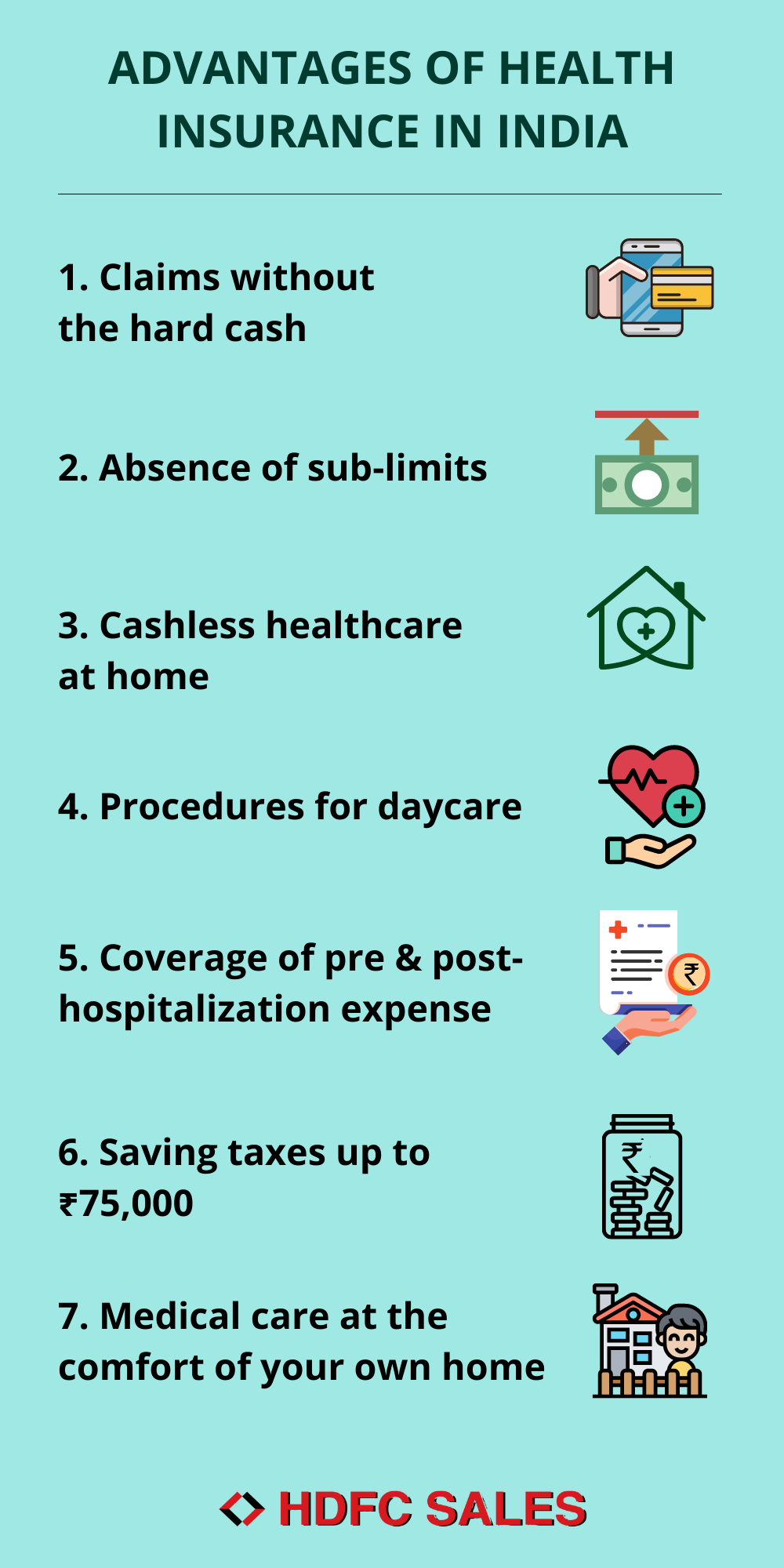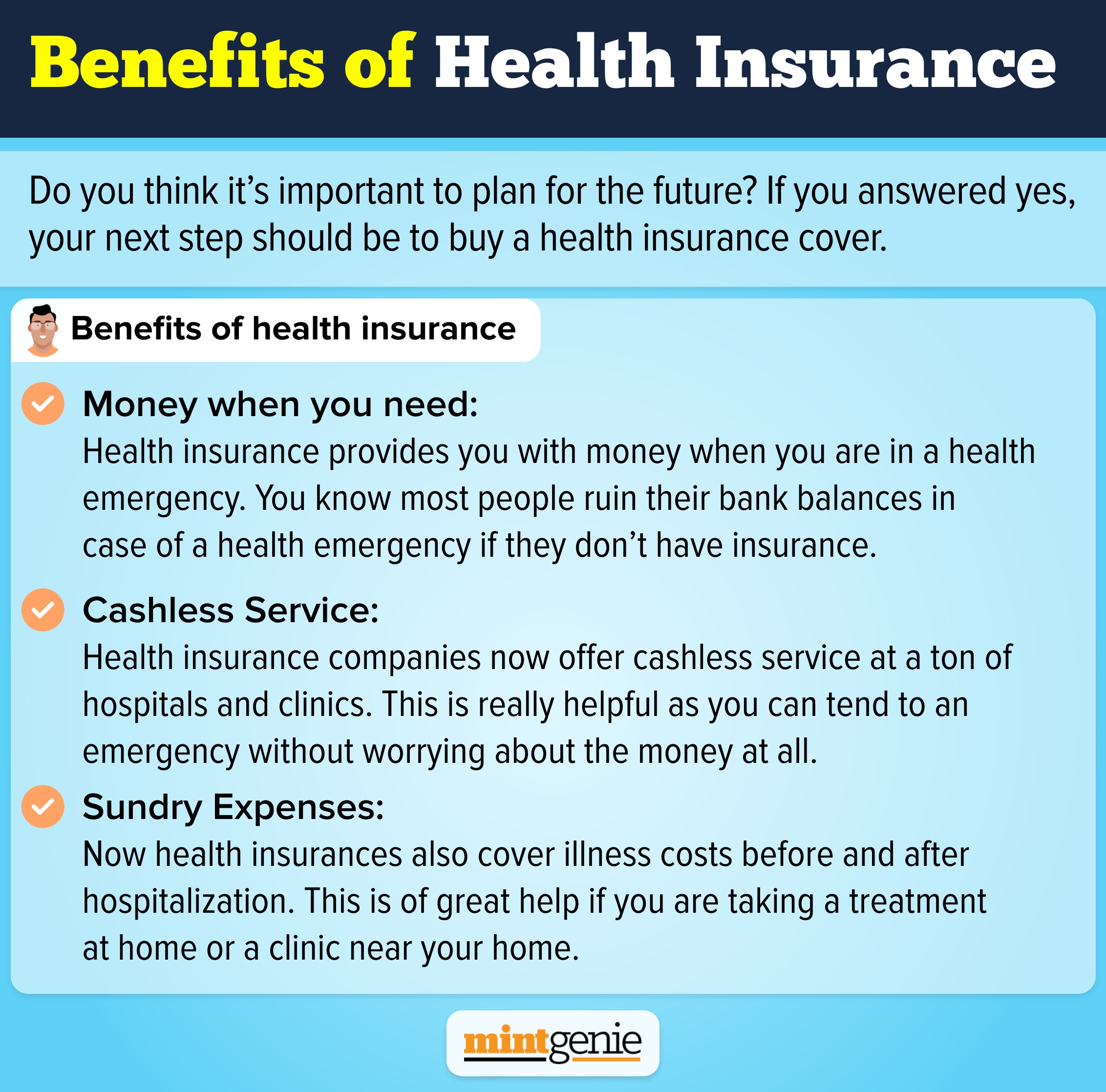Not known Factual Statements About Medicare/ Medicaid In Toccoa, Ga
Table of ContentsNot known Incorrect Statements About Automobile Insurance In Toccoa, Ga The 2-Minute Rule for Life Insurance In Toccoa, GaGet This Report about Home Owners Insurance In Toccoa, GaGetting My Final Expense In Toccoa, Ga To Work

1 and 3. 2 (Commercial Insurance in Toccoa, GA), for more information. New immigrants represent a substantial percentage of individuals without medical insurance. One evaluation has connected a considerable portion of the current growth in the dimension of the united state without insurance populace to immigrants who got here in the nation in between 1994 and 1998 (Camarota and Edwards, 2000)
Health and wellness insurance coverage insurance coverage is a vital element in the majority of models that illustrate access to health care. The connection between medical insurance and accessibility to care is well developed, as recorded later in this chapter. Although the connection between medical insurance and health and wellness outcomes is neither straight nor basic, a considerable professional and health solutions study literature web links health insurance coverage to better access to care, far better quality, and improved individual and populace wellness condition.
How Insurance In Toccoa, Ga can Save You Time, Stress, and Money.
The troubles dealt with by the underinsured remain in some respects comparable to those faced by the without insurance, although they are usually much less severe. Uninsurance and underinsurance, nevertheless, include definitely various policy problems, and the techniques for addressing them might differ. Throughout this research and the five reports to comply with, the main focus gets on individuals with no medical insurance and hence no aid in paying for health and wellness care past what is readily available via charity and security web establishments.

Medical insurance is a powerful factor affecting receipt of care because both clients and physicians reply to the out-of-pocket cost of services. Medical insurance, nevertheless, is neither necessary nor enough to access to clinical solutions. The independent and straight impact of health and wellness insurance coverage on accessibility to health and wellness solutions is well established.
Others will certainly acquire the healthcare they require also without wellness insurance coverage, by spending for it expense or seeking it from suppliers that provide treatment totally free or at very subsidized prices - Life Insurance in Toccoa, GA. For still others, medical insurance alone does not ensure receipt of care since of various other nonfinancial obstacles, such as an absence of health treatment providers in their community, restricted access to transport, illiteracy, or linguistic and cultural differences
Some Of Annuities In Toccoa, Ga
Official research concerning uninsured populations in the United States dates to the late 1920s and early 1930s when the Board on the Expense of Medical Treatment generated a collection of reports go to this website concerning funding medical professional office gos to and hospital stays. This concern became prominent as the numbers of clinically indigent climbed up throughout the Great Anxiety.
Empirical studies constantly sustain the web link between access to care and boosted wellness end results (Bindman et al., 1995; Starfield, 1995). Having a routine resource of care can be thought about a forecaster of accessibility, instead than a direct measure of it, when health outcomes are themselves made use of as accessibility signs.
The 7-Second Trick For Health Insurance In Toccoa, Ga

Although emergency situation divisions are depicted as an expensive and improper site of medical care services, numerous uninsured people look for care in emergency departments because they are sent out there by other healthcare providers or have nowhere else to go. Emergency situation care specialists argue that the nation's emergency departments not just offer as companies of last option but are a critical entry factor right into the health and wellness treatment system (O'Brien et al (http://www.travelful.net/location/5368304/united-states/thomas-insurance-advisors)., 1999)
Phase 2 supplies a summary of just how employment-based medical insurance, public programs and private insurance plan run and engage to give extensive but incomplete protection of the U.S. population. This consists of a testimonial of historic fads and public plans influencing both public and personal insurance coverage, a conversation of the interactions among the different kinds of insurance policy, and an exam of why individuals relocate from one program to one more or end up without any coverage.Chapter 3 manufactures existing info to reach a composite description of the without insurance: What features do individuals without protection frequently share? Where do the uninsured real-time? The phase likewise presents information about the risk of being or becoming without insurance: Exactly how does the possibility of being uninsured adjustment depending upon selected attributes, such as racial and ethnic identity, country or city residency, and age? What are the likelihoods for particular populaces, such as racial and ethnic minorities, country locals, and older working-age individuals, of being without insurance? Exactly how does the possibility of being uninsured modification over a life time? Along with defining the likelihood of being without insurance in terms of a solitary measurement, such as gender, age, race, work standing, or geographic area, Chapter 3 likewise presents the outcomes of multivariate analyses that use a more interesting depiction of the variables that add to the possibilities of being without insurance.